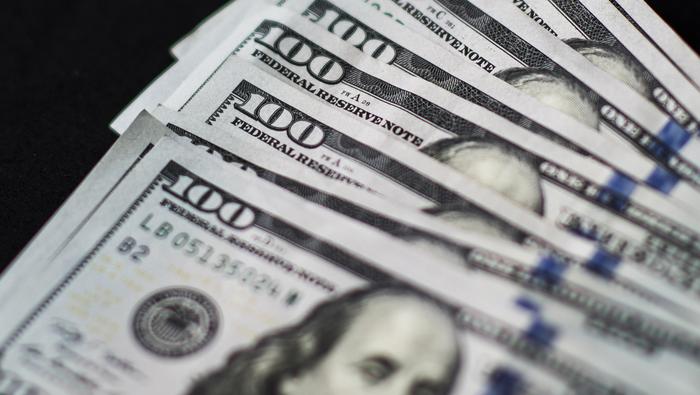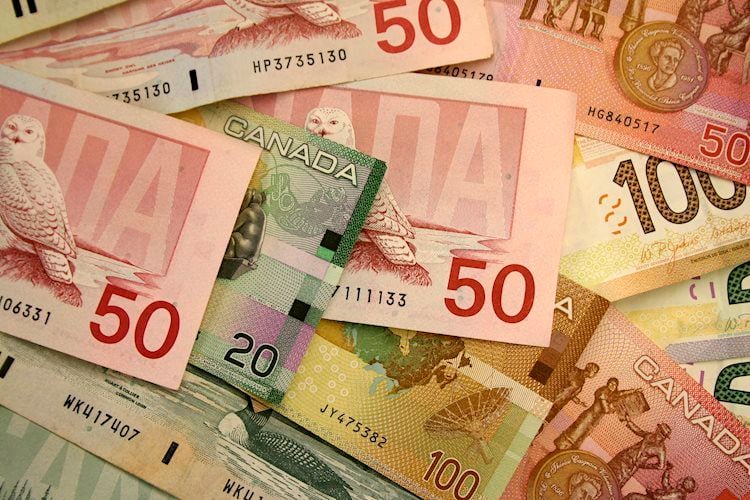The US Dollar’s Fundamental Talking Points: US Growth Continues to Outperform the Rest of the Developed World The Market’s Patience and the Fed’s Timetable There’s Always the Risk of a Crisis Despite the fact that the US Dollar had everything going for it in the first half of 2021, the currency struggled to gain traction. Some may argue that the benchmark currency was just acting as an undesired safe haven while capital markets continued their post-pandemic ascent, but I don’t believe this is the case. In this speculative environment, the Greenback is well positioned to attract money to trend leaders such as the S&P 500, which is nearing a new high, or local rates, which are bolstered by a rising 10-year Treasury as a baseline. The conflict arose as a result of the Federal Reserve’s determined efforts to stifle surprise. It appears to be a reasonably clear path heading into the second half of the year for the US central bank to announce its plans to gradually withdraw from its unprecedented generosity by first revealing tapering plans. However, the date of that announcement is up for question, and Chairman Powell is going to great lengths to ensure that the formal start – the precise spark that leads to real market adjustment – is as surprising and impactful as possible. So, even if the United States has competitive growth rates and market yield expectations, the Dollar may struggle to gain traction…unless a major risk slump occurs. The United States continues to outperform the rest of the developed world in terms of growth. The Dollar should outperform its main peers on the basis of its economic performance and prognosis in a world where the ‘efficient market theory’ is applied in its most basic form. The proxies for GDP from the June Markit PMI statistics (composite) showed that the US was expanding at the fastest rate of all its major rivals, including the Eurozone, the United Kingdom, and Japan. Looking further afield, the IMF’s predictions show that growth will continue to favor the dollar, with the rate rising from 5.1 percent in January to 6.4 percent in April. This is based on massive fiscal and monetary injections, as well as a push to revive the economy through coronavirus vaccinations. As appealing as this appears to be, the overall reopening of the global economy dilutes the Dollar’s relative appeal. Capital gains are more important than yield in a zero-rate environment. IMF Global Growth Forecasts from the World Economic Outlook Report (Graph 1) (April 2021) Table courtesy of the International Monetary Fund. WEO for April The Market’s Patience and the Fed’s Timetable The timeframe of the Fed’s efforts to reverse its monetary policy largesse is a significant item on my – and I’m sure many other market players’ – radar for the third quarter. With its May report, the group’s favored inflation gauge saw its strongest year-over-year growth in three decades. The central bank went to great lengths to avoid admitting that it will start tapering soon in its June monetary policy announcement, but the rate predictions component of its Summary of Economic Projections (SEP) pushed the timetable for rises forward dramatically. The steering group now forecasts two rate hikes by the end of 2023, albeit whether one will happen in 2022 is debatable. On the other hand, according to implied rates from Fed Funds futures, the market believes an increase will occur by the end of next year. Although this may appear to be a long way off, the markets are forward-looking, and there will be adjustments before ‘lift off.’ According to a FOMC poll, people believe the timing will be as follows: taper begins, followed by the end of asset purchases three quarters later, and then the first rate hike three quarters later. This suggests that these plans will be announced in the first few months of the third quarter. On July 28th, the FOMC will make a decision, and the Jackson Hole Symposium will take place from August 26th to 28th. I don’t believe the market has fully priced this shift in, but the uncertainty around how this event will play out might create for some challenging trading conditions until it is resolved. Chart 2: DXY Dollar Index and Implied Fed Funds Change in December 2022 (Daily) John Kicklighter prepared the report for TradingView. There’s Always the Risk of a Crisis Finally, moving forward, it is critical to analyze the Greenback’s relationship to risk patterns. When faced with acute risk aversion, it immediately dons the robe of a last-resort safe haven. Even if there are concerns about excessive leverage throughout the financial system, the risk of a full-scale financial disaster is low. The sentiment influence tends to fade dramatically during more modest times of risk-on and risk-off. That may appear to contradict a chart showing the Dollar’s relationship with a leading indicator of sentiment, such as the S&P 500, but correlation does not imply motivation. I don’t think risk appetite will lead to a complete collapse of the currency if it continues to rise at a steady rate in the coming quarter. Nonetheless, the quest of yield for surplus money poured into the US economy would still favor emerging markets or even larger counterparts, such as the Bank of Canada or the Central Bank of Mexico, who have begun their gradual tightening of monetary policy. DXY Dollar Index Chart with S&P 500 Index and 60-Day Correlation (Daily) John Kicklighter prepared the report for TradingView. Download our free 3Q trading advice from the DailyFX Free Trading Guides to read the full US Dollar forecast, including the technical outlook! ./n
Read MoreDollar 3Q Forecast: Fed’s Efforts to Temper Volatility Could Trip Up Greenback
2021-07-02T17:30:00-04:00July 2nd, 2021|





